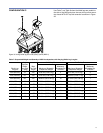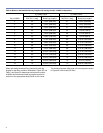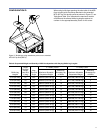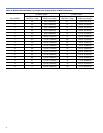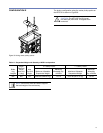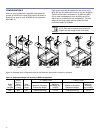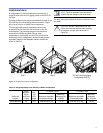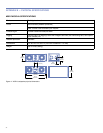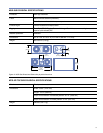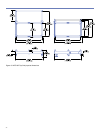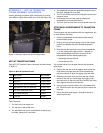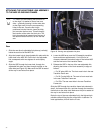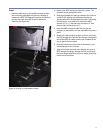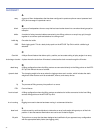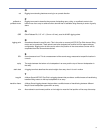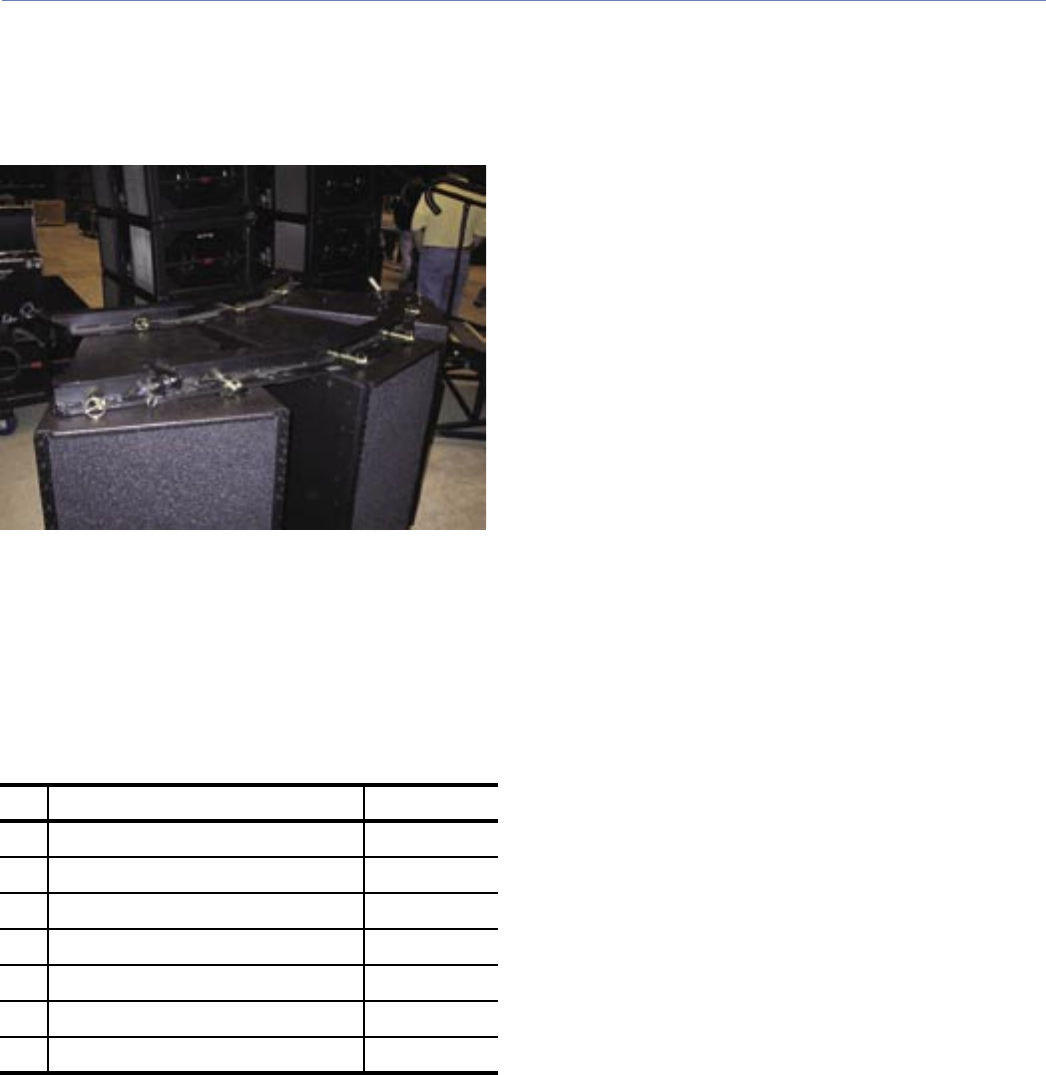
34
35
APPENDIX C — MTF-3D TRANSITION
FRAME ASSEMBLY PROCEDURE
Use the following procedure when transitioning in an array
from M3Ds to Meyer Sound MSL-4s or CQs (see Figure 44).
Figure 44. Transition frame with downll loudspeakers
MTF-3D TRANSITION FRAME
Each MTF-3D Transition Frame comprises the items shown
in Table 14.
Table 14. MTF-3D Transition Frame
Qty Description Part Number
1 Front arm
1
61.105.113.01
1 Rear arm
2
61.105.114.01
2 Adjustable link front link assembly
3
61.105.125.01
2 Adjustable link rear link assembly
4
61.105.115.01
4 2.5" quick release pin (QRP)
5
134.007
9 Oval handle hitch pin
6
134.014
9 Lynch pin
7
124.060
Table Footnotes
1. The front arm is the larger arm
2. The rear arm is the smaller arm
3. The adjustable link front link assemblies include a long
link plate, hammer-lok, and chain.
4. The adjustable link rear link assemblies include a short
link plate, hammer-lok, and chain.
5. The 2.5-inch QRPs are used for holding the chain to the
transition frame.
6. Oval handle hitch pins are used for holding the
loudspeakers to the transition frame.
7. The lynch pins are used with the oval handle hitch pins.
ATTACHING LOUDSPEAKERS TO TRANSITION
FRAME
This procedure can be completed with two stagehands, but
is most efcient with three.
1. Position loudspeakers at their approximate desired
horizontal splay angle.
2. Prop up all rings and stud rigging rings to their upright
position and parallel with the corresponding frame
holes.
3. Place the rear arm across the top of the loudspeakers
— on the inside of the rigging points — anges up.
Note the appropriate slots in the rear arm for the
loudspeakers and the desired splay angle:
— Rectangles denote MSL-4s
— Circles denote CQs.
The number inside of the shapes denotes the horizontal
splay angle.
4. Position the rear arm over the rigging rings so that the
rings slide up through the slots. Some repositioning
may be necessary to align the rigging rings and slots.
5. Slide the oval handle hitch pins from the rear, across
the top of the rear arm and through the rigging rings
(and vertical rib or the arm itself) until the hitch pin collar
stops against the side of the rear arm.
6. Insert a lynch pin into the hole in the oval handle hitch
pin. This will lock the pin into place so that it cannot be
removed.
7. Follow the same steps (steps 1 through 6 above) to
attach the front arm.



